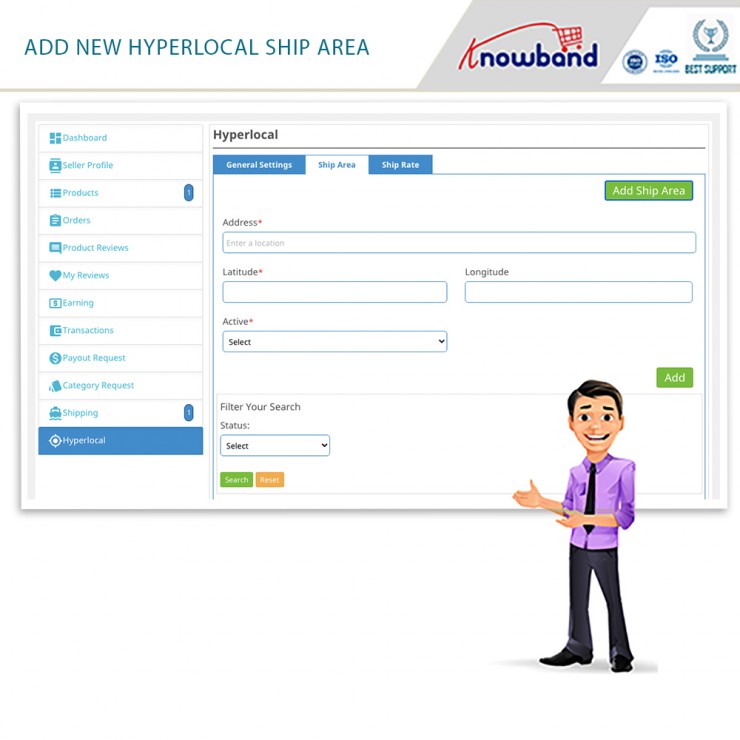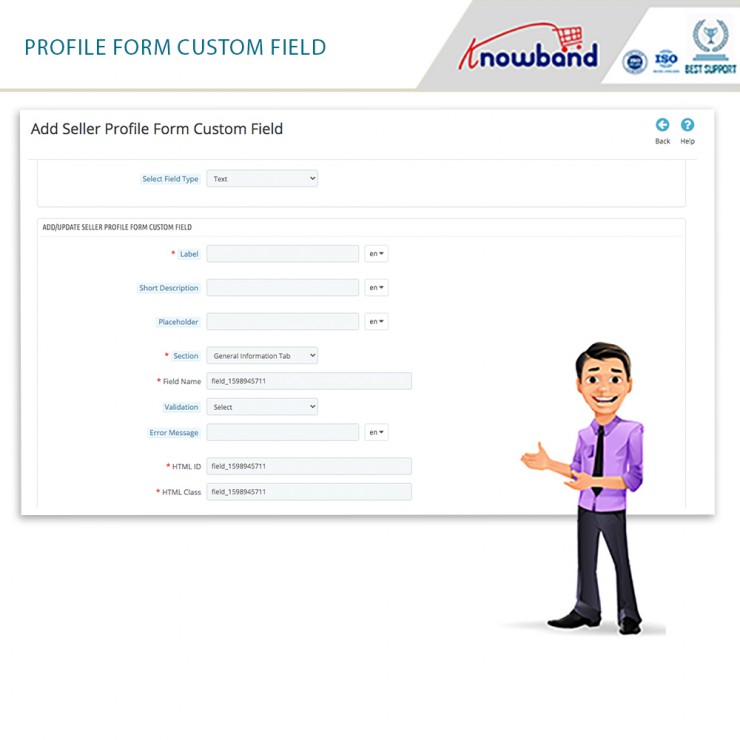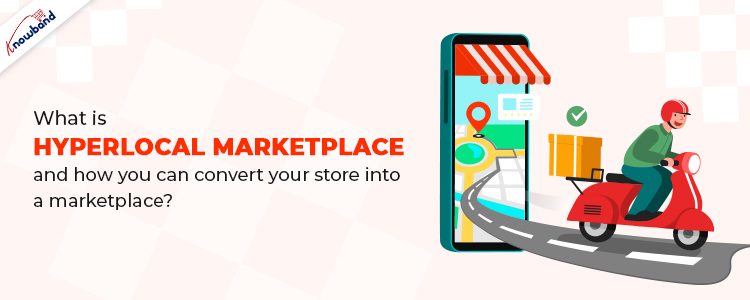Purchasing dynamics have changed completely with the outbreak of COVID19. Currently, people are focusing more on health, hygiene as well as safety-related items. Instead of waiting for the standard 56-day delivery, people have started ordering from a local store in their neighborhood. As a result, Hyperlocal companies are emerging back with a twist.
What is Hyperlocal Marketplace?
The hyperlocal marketplace is defined as an online multi-vendor marketplace for a small geographic zone. Furthermore, the stores listed will be specific to the area as well as the delivery range. Moreover, this helps end-users delegate their daily tasks more conveniently. Not only on-demand delivery will be beneficial for small retailers and merchants but will even offer them new opportunities.

Understanding the function of Hyperlocal Marketplace:
The functionality of Hyperlocal Marketplace is quite simple. Following are the steps that will make you understand it better-
- Marketplace allows sellers to upload their inventory on both- marketplace websites or apps.
- Allows buyers to browse desired products and add them to the cart.
- Make payment via online or cash-on-delivery modes.
- Helps seller receive the order on its marketplace website/app. Further, the seller can accept the order.
- To avoid any shipping and transportation damage, the order is being packed.
- To pick up the order, the delivery agent will visit the store.
- The customer receives their order at the doorstep.
Separate apps or website fronts are provided to customers and sellers for these setups. These applications provide different and various features as per the requirements. With the assistance of this process, orders can get processed quickly, and the customer can also be provided with order tracking information through different mediums, either within the app or via email, or through SMS updates.
The benefits of Hyperlocal Marketplace you must know
With the assistance of Hyperlocal Marketplace, customers can receive their orders quickly. This is helpful for sellers who want to deliver their orders to their customers within hours or on the same day. Moreover, with the growing demand for local delivery, sellers want to have an online presence for faster delivery and with a hyperlocal marketplace, you get the platform to do the same.
Now, sellers will be able to browse as well as shop conveniently due to the availability of products on one platform. Further, this would provide your sellers more visibility and allow them to sell their items directly to customers without the involvement of mediators. Hence, no commissions.
Ways of Getting Started with Hyperlocal Marketplace
Step 1: Create your website
To begin with the hyperlocal marketplace, it’s important to create an efficient and full-fledged website that can easily accommodate stores of multiple sellers. Furthermore, it is similar to a multi-vendor marketplace. Ensure to have a location tagging feature. Once enabled, customers can order their products based on their location.
Step 2: Seller Login
It’s important to have two faces on your eCommerce website, one for the seller and the second for the buyer. Speaking about the seller end, options to upload inventory, list products, add discounts, etc must be there. Along with that, dedicated credentials are essential to ensure security.
The seller must receive a notification regarding the order placement and the assigned delivery partner.
Step 3: Buyer Login
The customer-facing front is another important feature that a hyperlocal marketplace must-have. Further, this should contain auto-detection of the customer’s location, categories as well as product display. It should even include various payment modes (online & offline), delivery slots, order confirmation as well as tracking details.
Step 4: Payment Gateway
For a successful eCommerce business having multiple payment options is important. Similarly, for buyers’ convenience, your hyperlocal marketplace should provide multiple payment options. A suitable payment gateway integrated into the website to give payment options such as credit card, debit card, net banking, UPI payments, etc. Cash on delivery and vouchers are also important.
Step 5: Delivery Partners
A hyperlocal marketplace’s shipping and delivery are critical. It can be done in one of two ways: the marketplace owner can arrange for delivery, or merchants can do it themselves.
If you want to do it for all of your vendors, shipping tools like Shiprocket can help. They have a number of delivery partners, including Dunzo, Shadowfax, and Wefast. You won’t have any problems with delays due to a lack of agents if you work with a variety of partners. You can schedule pickups and deliveries while your sellers manage their stores and listings for as little as Rs 37.
Step 6: Tracking Details
Finally, you must give tracking information for all orders. If you ship with Shiprocket, you can provide buyers with projected arrival dates, delivery agent contact information, and precise order tracking information.
Prestashop Hyperlocal Marketplace Addon-
Knowband offers Prestashop Hyperlocal Marketplace add-on for Prestashop owners. This module helps in connecting with local sellers and stores.
With the assistance of Prestashop Hyperlocal Marketplace Addon, Prestashop owners can swiftly convert their store into a fully functional marketplace. Furthermore, this will allow other sellers to sell their products in the marketplace. Customers can experience a great shopping experience with the module.

Key features of Prestashop Hyperlocal Marketplace Addon:
- Allows customers to check the availability of the product.
- Help sellers to add locations where they can ship products.
- Sellers managed easily.
- Offers custom profile fields and effortless commission management.
- Provide membership plans for sellers.
- For Notification, email templates are offered.

Final Note
To broaden your reach inside a small geographic zone, Hyperlocal marketplaces are the best way. Along with local shop owners, you can work with small eCommerce companies as well to make things more accessible to your target market.




